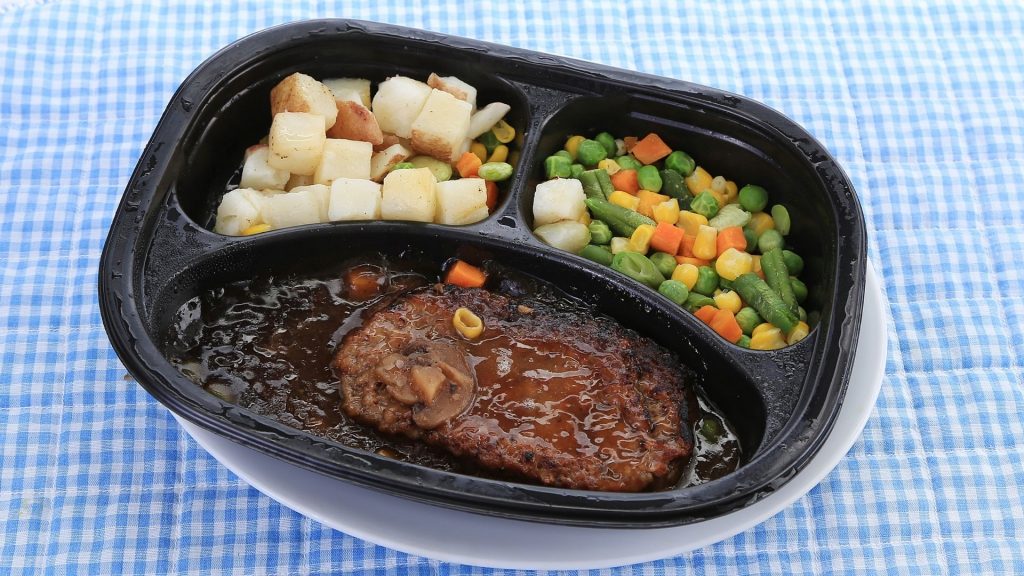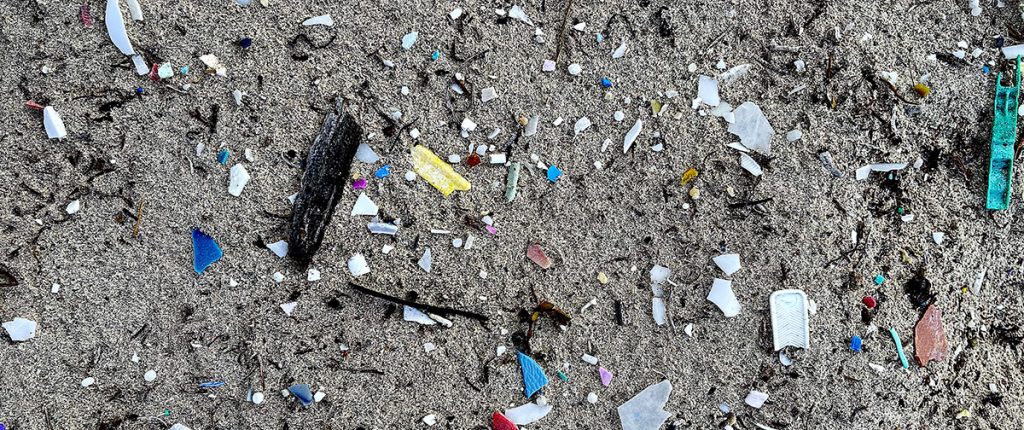We’re Under Attack Through Land, Air and Sea, Consuming Toxins that Absorb Into Our Bodies and Are Most Harmful to Children
So-called “everywhere plastics” are found – as the phrase goes – just about everywhere.
More than likely there is a product within your reach right now that is made of this ever-present, disposable material. With such a vast range and wide availability of plastic in production, there comes, unsurprisingly, consequences to our health and that of our environment, many of which science is only just starting to comprehend.
The enormous explosion of single-use plastics is really only two generations old, and yet already it is having significant effects on our reproduction, our development, and our vulnerability to life-threatening diseases.
Here’s what we know:
Most of the plastics used in daily life shed toxic chemicals when they are heated or stored for prolonged periods of time. Once they have been released, humans consume them through breathing, eating and drinking, as well as through skin absorption.

Toxic chemicals are shed from plastic when it’s heated up or stored for long periods of time.
“We’ve been able to identify countless opportunities for plastics to make their way into our bodies and into the surrounding ecosystems,” said Dr. Charlie Rolsky, Director of Science at Plastic Oceans International. “One recent study, which discovered microplastics in the human placenta, drives the point home more than really anything else I’ve seen.”
Rolsky also pointed to a recent study he conducted on behalf of Plastic Oceans International, which proved that detergent pods that are labeled as biodegradable or eco friendly are anything but, as over 75% of the PVA they’re made from makes its way into the environment.
One of the most common compounds to be found in these everyday plastics is known as phthalates [tha-layts].
Phthalates are a composite of chemicals which are readily used to make plastics soft and bendable in a variety of items from children’s toys, to storage containers, the dashboard in our cars, and a whole catalog of personal care products. These oily liquid chemicals are colorless, odorless, and they do not evaporate easily. Added to which, instead of passing through the human body quickly, phthalates are absorbed into the body; and, once present, they can interact with each other and their effects can be expanded.
Along with the wide variety of chemicals used to create “everywhere plastics,” there has also been an extensive discovery of microplastics in all areas of the environment, the global food chain, and, alas, the human body.

Microplastics inundate beaches worldwide.
Resulting from the widespread use of plastics – and general lack of awareness on the consequences they incur – microplastics are increasingly present in our bodies by means of inhalation and ingestion. Further, the water, plants and animals that humans consume have, often unnoticeably, either absorbed or consumed plastic from their own contaminated environment. Recently, a study was released that suggests that the accumulation of microplastics in our food chain was previously underestimated, and that they also have the potential to carry harmful bacteria such as E. coli.
Most concerning, for human reproduction and development, is that data is increasingly showing that the chemical mixtures that make up plastics are interfering with the natural functions of human hormone production: the endocrine system.
There is evidence ranging from genital malformations to the suppression of sexual development, particularly in males. Specifically, phthalates can cross into the placenta and pose great impairments to pregnant women and their unborn infants, having been associated with thyroid dysfunction in the mother, which is linked to abnormal development of the central nervous system and the reproductive system in the fetus.
Equally troubling, experts are finding that plastic toxicity is most harmful to children under the age of three. Yet, overwhelmingly, children are surrounded by the durable, flexible, hard plastic toys of today. The playthings that babies chew on, the trinkets that toddlers leave out in the sun, the games stored in the closet, all consist of chemically-based plastics, and therefore present a high risk of toxic exposure to children’s vulnerable developing bodies.

Plastic products for kids found along the beaches of Mexico’s Sian Ka’an Biosphere Reserve.
Beyond the health of children and infants, there is research which establishes a connection between an assortment of additional life-threatening diseases.
From cardiovascular disease to respiratory disturbances and auto-immune conditions, the chemicals in plastic have been linked to an array of system imbalances and mutations. Some of these include impairments to the immune, nervous, and gastrointestinal systems, which have impacts on inflammation, oxidative stress, and genotoxicity. There have also been connections with leukemia and neurological toxicity, as well as documented impacts on skin and eyes.
A vast majority of the products a large amount of the population uses to get ready each day are filled with toxic chemicals. They are often disguised as part of the “fragrance” in shampoo, lotions, deodorants, perfumes and so on, that way they do not legally have to be listed on the label. To minimize direct exposure to these chemicals in your home, it is advised to avoid scented products as much as you can, from cleaning supplies to personal care items.
“Without a doubt, we need plastics in our life,” says Rolsky. “They are crucial to healthcare, phones, cars, planes etc, but we also can acknowledge which plastics are actually needed and which are not. While certain plastics are essential, our legacy cannot be creating these materials that do not degrade and will ultimately persist in the environment for thousands of years or cause harm to our bodies.”
As such, the environment and ecosystems that civilization depends on is being exposed to plastic toxicity at every stage in the production of plastic. Once the harmful chemicals reach the air, land, and sea, they contaminate, accumulate, and inevitably are encountered by humans and other species. Unfortunately, there are no available plastic waste disposal technologies to date which do not end with toxic chemicals interfering with human and environmental health.
Ultimately, ending the production and consumption of dangerous chemicals is the ideal resolution, but until then, all strategies must be embraced in order to decrease the environment’s – and human – susceptibility to toxic plastic.
“We also need to work on making materials that don’t have such a harmful impact on the planet,” continues Dr. Rolsky.
Health experts agree that there is a great need for transparency on the chemicals involved in plastic production, as well as access to information that is relevant to the substances in the products we buy. Without the knowledge of potential harm, consumers are unable to make informed decisions about the products they purchase, moreover communities are left without protections for the natural resources and land they occupy.
While experts aim to understand the full scope of the plastic impact on health, the measurable extent of what is known should be enough to enable our society towards a commitment of developing chemical-free products.
As the world braces for the effects of a third generation growing up alongside the ever-pervasive plastic, we must commit to closing the knowledge gaps that surround plastic toxicity, and work to find all encompassing solutions to existing problems as well as preventing new ones.
Kalee Lamp Sparr is a freelance writer and educationalist from Iowa. She is also part of the Environmental Journalism team at Ninth Wave Global.

Trackback: URL
Trackback: ks quik
Trackback: รับเช่าพระ
Trackback: ทัวร์โรงงานจีน
Trackback: ขายบ้าน
Trackback: trustbet
Trackback: towing company
Trackback: ตู้ลำโพง
Trackback: 9mm Ammo For Sale
Trackback: ข้อดี ของการเลือกแทง หวย keno
Trackback: online chat
Trackback: สอนวิธีการดู ราคาบอล แฮนดิแคป อย่างละเอียด
Trackback: Jaxx Liberty